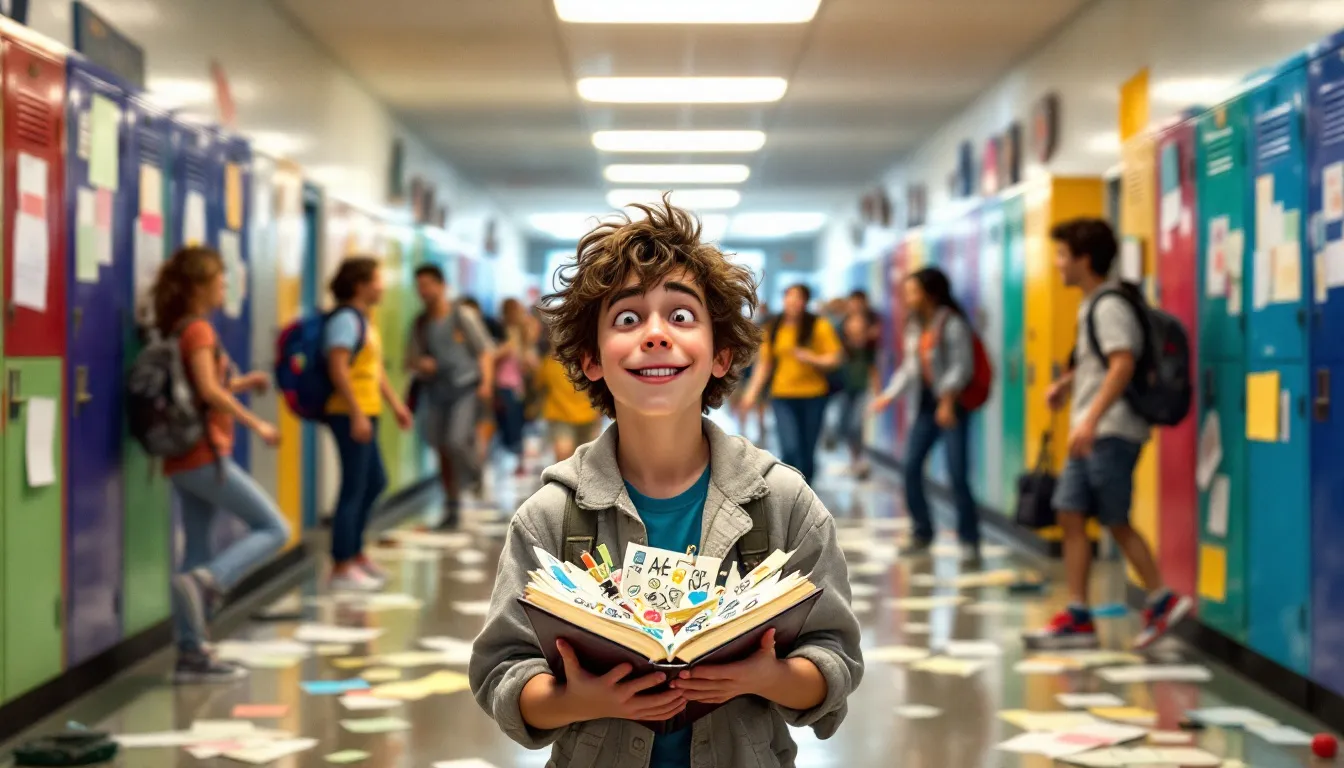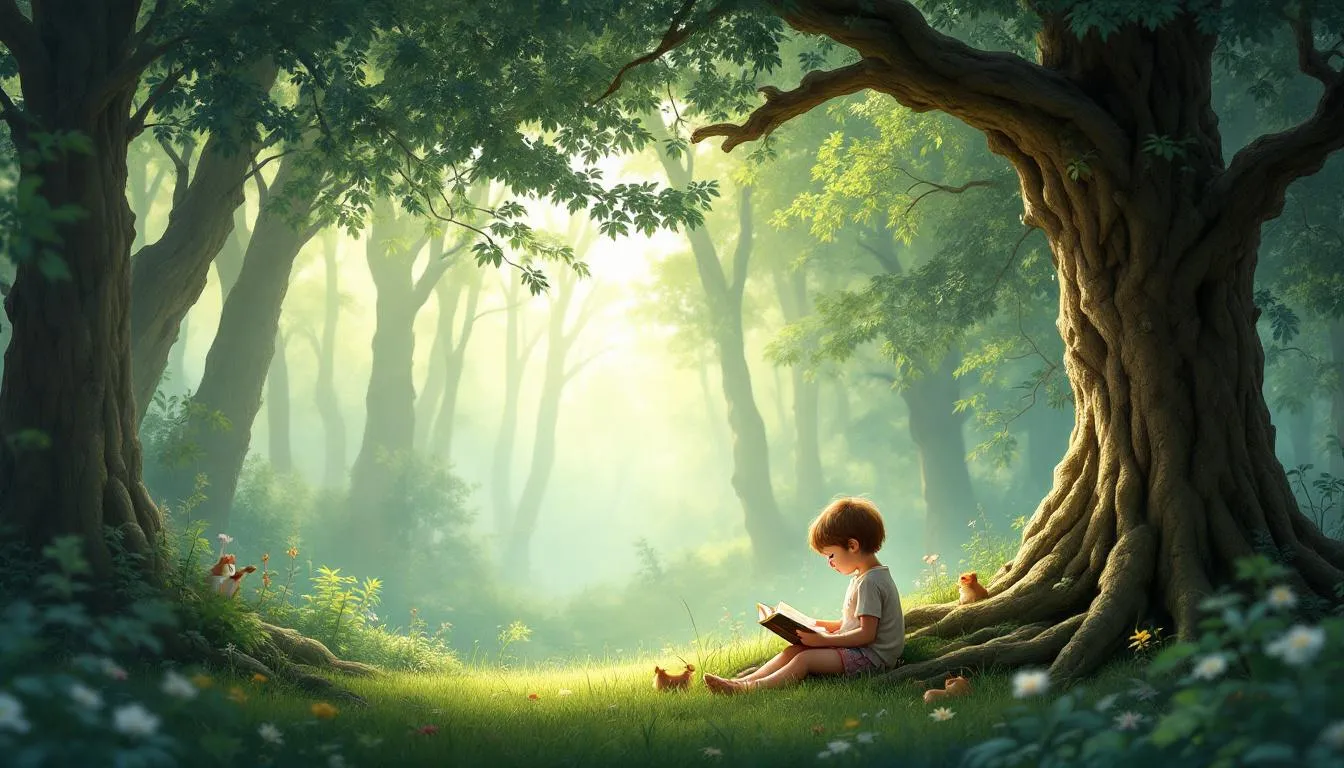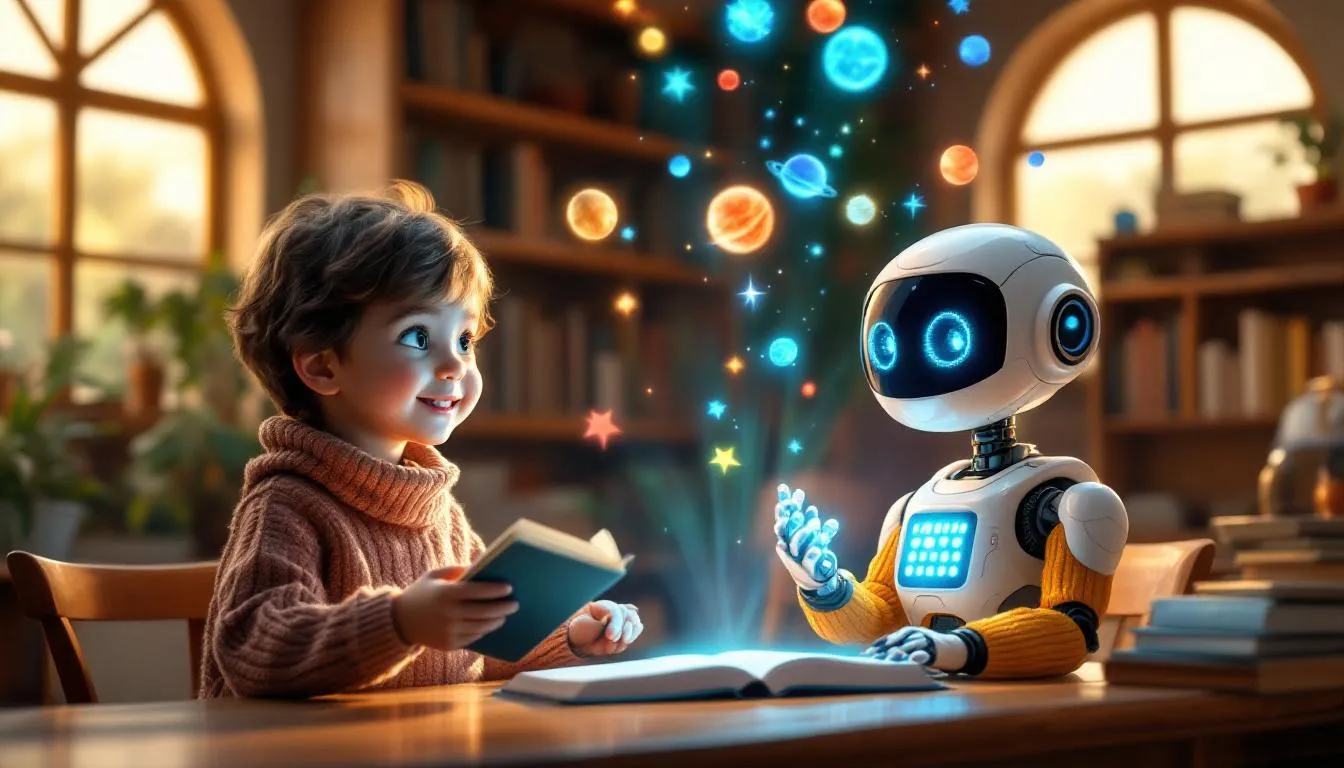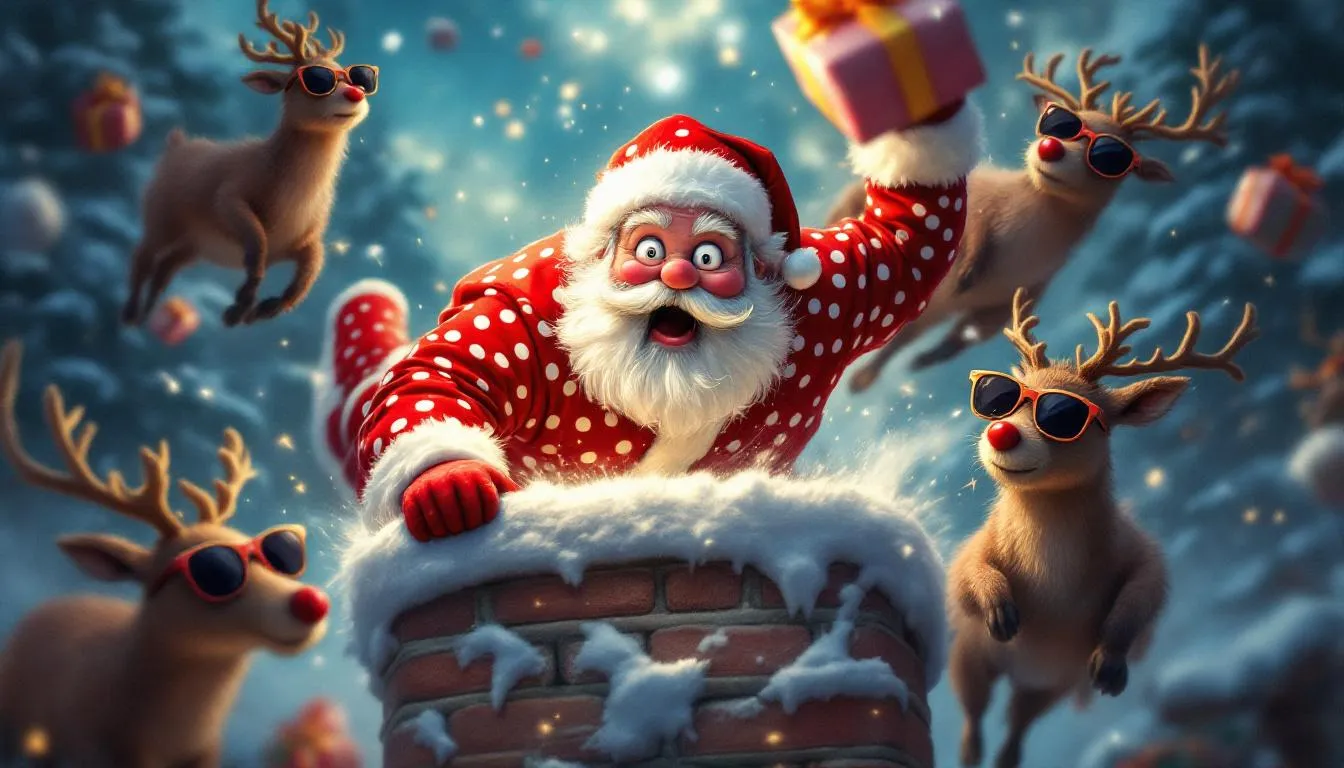Table of Contents
Introduction to ‘Diary of a Wimpy Kid’
“Diary of a Wimpy Kid” has captured the hearts of millions, delighting young readers and even adults who enjoy a good laugh. Jeff Kinney sought to give a humorous yet relatable portrayal of the often awkward middle school years. Drawing from his own experiences, Kinney introduced us to Greg Heffley, a character so endearing and flawed that you can’t help but root for him. The series’ success lies in its ability to blend humor with genuine life lessons. As we explore its beginnings, we’ll uncover how these early stories set the stage for something truly special.
The Early Classics: First Installments
The magic of “Diary of a Wimpy Kid” began with its first installment, released in 2007. I remember picking up the book and being instantly charmed. The cover, with its cartoonish sketches and Greg Heffley’s distinctive diary scrawl, promised a delightful escape into the chaotic world of middle school. It was a book that didn’t just address kids; it spoke their language.
The impact was immediate and profound. Parents, teachers, and kids found themselves laughing at the relatable scenarios and Greg’s honest musings. Who hasn’t had a friend like Rowley or faced a dilemma as awkward as avoiding the “Cheese Touch”? The book validated the often-overlooked trials of pre-teenhood with humor and heart.
At its core, the book tackled themes that resonated deeply: the quest for popularity, the trials of friendship, and the desire to fit in. Greg’s misadventures were funny and eerily familiar. Readers saw themselves in his attempts to navigate school projects, dodge bullies, and survive family dynamics. Jeff Kinney masterfully captured the essence of being a kid in a world that often felt too big and confusing.
The characters added depth to the storyline. Greg, with his flawed yet lovable personality, quickly became iconic. Rowley, Greg’s loyal sidekick, provided a perfect foil with his innocence and unwavering friendship. Each character, from the surly older brother Rodrick to the ever-optimistic mom, added layers of richness. Their development over time kept readers coming back, eager to see their evolution.
As the series expanded, so did its themes, creating a tapestry of eras each with its unique flavor.
Categorizing the Eras
Fans of “Diary of a Wimpy Kid” often categorize the series into distinct phases, akin to a fine wine collection. Each era carries unique traits, allowing fans to pinpoint where they fell in love with Greg Heffley’s quirky world.
The “Classic Era” encompasses the first few books, characterized by a fresh take on middle school drama filled with relatable humor and earnest storytelling. During this time, Greg was just discovering his place in school, enduring friendship trials, and grappling with how to be cool without trying too hard. These books captured the essence of what it’s like to be a kid in those uncertain years. I remember reading them and feeling like Jeff Kinney had eavesdropped on my own middle school experiences.
As the series evolved, the “Modern Era” introduced more complex plots and a slightly older Greg. The humor grew more sophisticated, reflecting its audience’s growth. This era explored deeper issues like changing family dynamics and the pressures of growing up, all while maintaining the whimsical charm that initially drew readers in.
Fan perspectives on these eras vary widely. Some purists revere the early books, much like clinging to a favorite childhood blanket. They feel nostalgia for the simplicity and innocence of those first stories. Others appreciate the evolution, enjoying how the series matured alongside its readers. It’s like an ongoing conversation—each new release adds a new layer to the shared history of fans and characters alike.
As we reflect on what makes these phases memorable, we can consider the broader question of what defines a classic in children’s literature and why certain stories endure.
Defining a Classic in Children’s Literature
A classic in children’s literature often possesses timeless themes, memorable characters, and the ability to resonate across generations. Think of the books you cherished as a child—stories that still evoke smiles or tears, no matter how many years pass. A classic doesn’t just tell a story; it becomes part of your story.
“Diary of a Wimpy Kid” fits this mold in many ways. Its themes of friendship, self-discovery, and the struggle for acceptance are universal, making Greg Heffley’s adventures as relevant today as they were at their inception. The relatability factor is off the charts. I recall reading about Greg’s schemes to climb the social ladder and revisiting my own school days, where similar (and often misguided) efforts were made.
Humor plays a crucial role. Jeff Kinney captures the awkwardness of adolescence with a light-hearted touch. His humor is both clever and accessible, allowing readers to laugh at absurd situations that might otherwise feel overwhelming. It’s the kind of humor that speaks to kids without talking down to them, a rare skill that elevates the series into the realm of the classic.
These early books laid a foundation that allowed the series to grow and evolve. As Greg and his friends mature, so too does the narrative, inviting readers to join their journey through the trials and triumphs of growing up. The transition from these early tales to more nuanced stories in later releases is a testament to the lasting appeal and enduring relevance of “Diary of a Wimpy Kid.”
Transition to Later Releases
As the series progressed, readers witnessed a fascinating evolution in themes and storytelling. Initially, the books focused on everyday middle school antics and awkwardness. Greg Heffley’s struggles to fit in formed the heart of these tales. However, as the series moved forward, the stories delved into more complex themes such as family dynamics, personal growth, and societal expectations.
I remember when new books introduced characters and plotlines that strayed from the familiar schoolyard setting. It felt like watching an old friend grow up and face new challenges. Characters like the scheming Rodrick or the eccentric Fregley became more layered, offering a deeper dive into Greg’s world. New faces and scenarios brought fresh energy, keeping the series vibrant and engaging.
While some fans clung to the nostalgia of earlier books, others embraced these changes, appreciating how the series matured alongside its audience. The humor evolved, becoming sharper and more nuanced, mirroring readers’ real-life experiences as they grew older. I found myself chuckling at jokes that would have flown over my head in the series’ early days, a testament to how Jeff Kinney skillfully kept pace with his audience’s development.
Comparing the early books to later ones is like reminiscing about childhood while acknowledging the growth and change that comes with age. The transition from simple middle school shenanigans to more intricate narratives allowed the series to stay relevant and appealing to both new readers and long-time fans.
This evolution enriched the stories and cemented the series’ place in children’s literature, setting the stage for its broader cultural impact.
The Cultural Impact of ‘Diary of a Wimpy Kid’
The impact of “Diary of a Wimpy Kid” on children’s literature is akin to a breath of fresh air in a realm filled with traditional heroes and fairy tales. Jeff Kinney’s work ushered in an era where the ordinary lives of kids were celebrated in their authentic, unvarnished glory. Suddenly, it was okay to laugh at the awkwardness of adolescence and see oneself in a character who was, frankly, a bit of a mess. This series paved the way for realistic fiction that speaks directly to kids’ experiences, making them feel seen and understood.
Beyond the pages, “Diary of a Wimpy Kid” has expanded its reach through adaptations, including films and even a musical. My kids and I have enjoyed movie nights filled with laughter, watching Greg’s antics come to life on screen. These adaptations have introduced the story to new audiences, proving Greg Heffley is not just a character in a book but a cultural icon. The movies, with their quirky humor and relatable plots, successfully capture the essence of the books, offering a visual complement to the original stories.
Globally, the series’ popularity is phenomenal. Translated into numerous languages, “Diary of a Wimpy Kid” resonates with children from diverse backgrounds, making Greg’s struggles and triumphs a universal narrative. I’ve met parents from all over who share stories of their kids eagerly awaiting the next installment, and it’s heartwarming to see how a simple story about a boy’s life can bridge cultural divides.
As we ponder the factors that contribute to a book’s enduring nature, it becomes clear that…
Conclusion: What Makes a Book Endure?
Reflecting on the journey of “Diary of a Wimpy Kid,” it’s fascinating to see how a seemingly simple story about middle school life has captured the hearts of readers worldwide. The key to its endurance lies in its relatability and humor. Jeff Kinney crafted a world where kids identify with Greg Heffley’s misadventures, laugh at the absurdity of it all, and perhaps find solace knowing they’re not alone in their awkward moments.
The legacy of “Diary of a Wimpy Kid” is like a beloved family recipe—passed down and cherished with each new reader. As a parent, I’ve watched my children devour the books, giggling at scenes that once had me in stitches. It’s a shared experience, a bonding moment that transcends time and generations. The series has become a cultural touchstone, a testament to the power of storytelling that speaks to the universal truths of growing up.
In pondering what makes a book truly endure, it’s clear it must resonate on multiple levels, providing entertainment while offering insights into the human condition. “Diary of a Wimpy Kid” does just that, capturing childhood’s essence with a perfect blend of humor and heart. Its impact is seen not only in its influence on children’s literature but also in how it continues to engage readers, both young and old.
As we delve deeper into our experiences with the series and discuss its impact, it’s important to remember the conversations and connections these books inspire.
Reader Engagement
Have you ever found yourself reminiscing about your favorite “Diary of a Wimpy Kid” moments over a cup of coffee with friends? Perhaps you have a cherished era in the series that speaks to you more than others. I invite you to share your thoughts! Whether it’s the nostalgic charm of the early classics or the complex narratives of the later books, your voice matters. What do you believe makes a book a classic? Is it the ability to transport you back to your childhood or the way it sparks a connection across generations? Let’s continue this conversation together!







